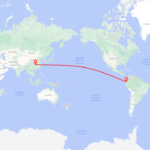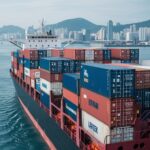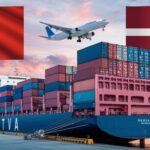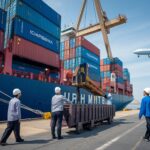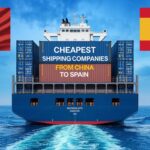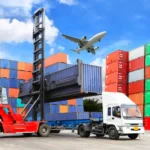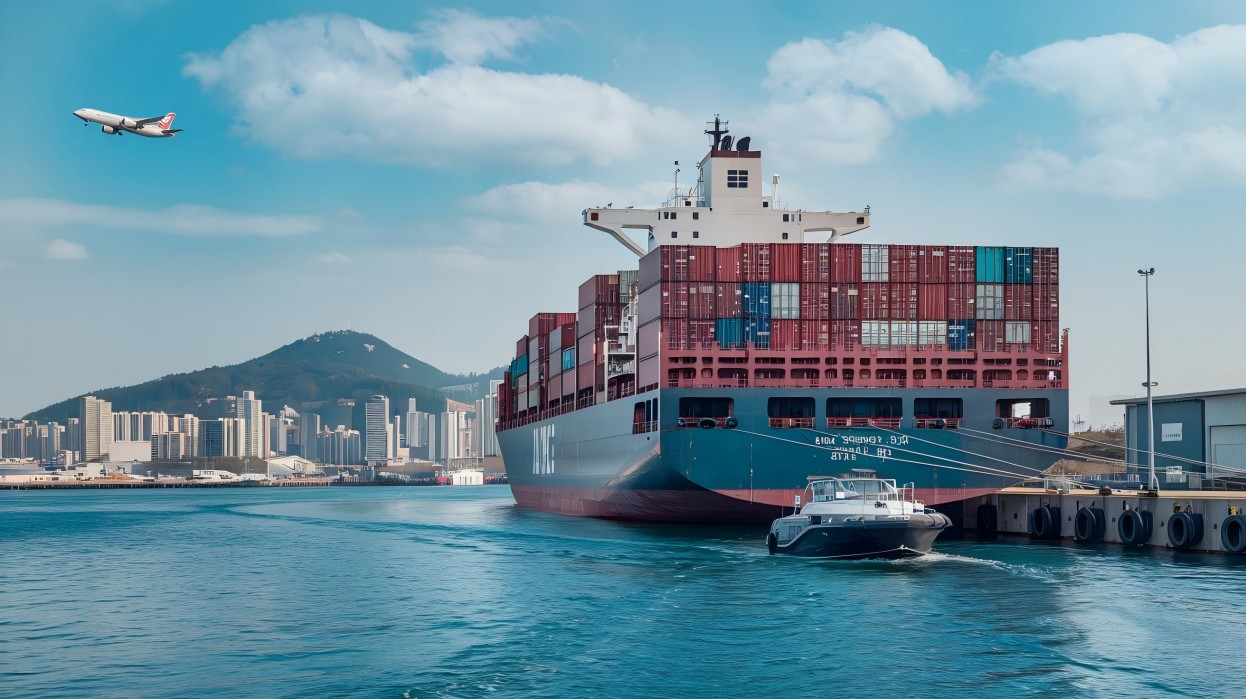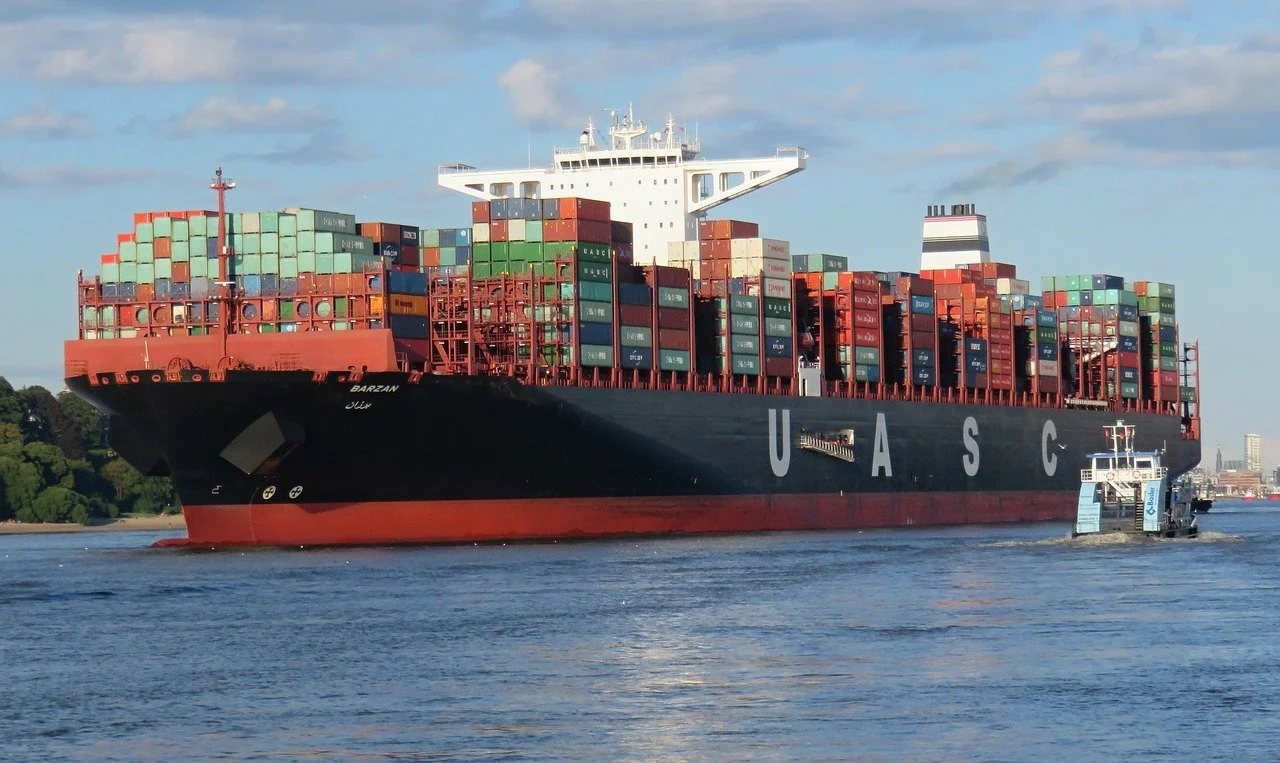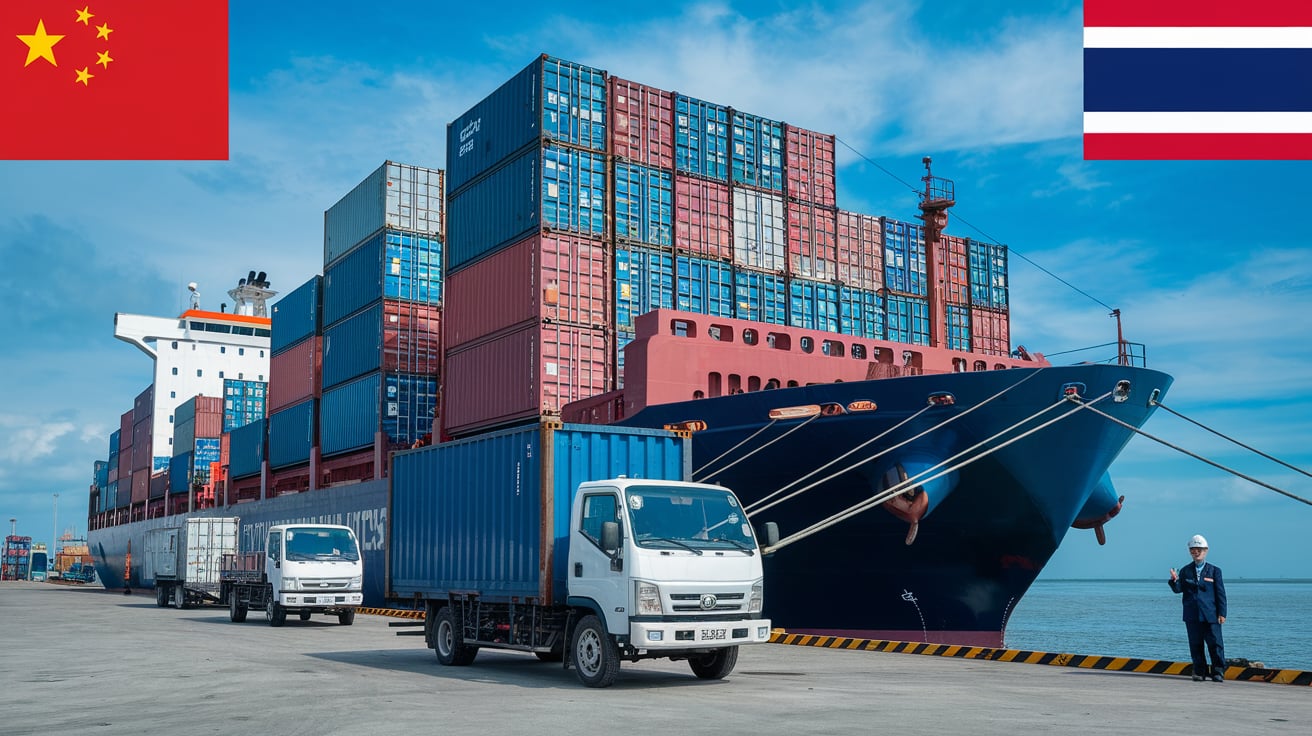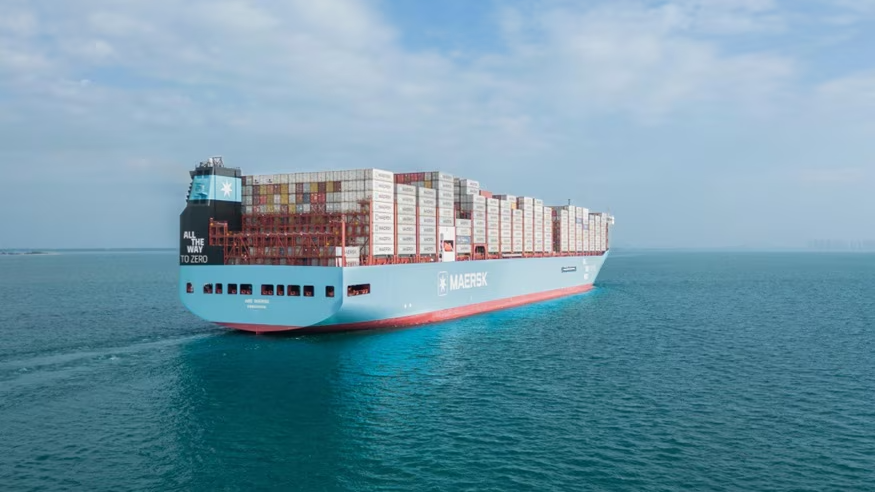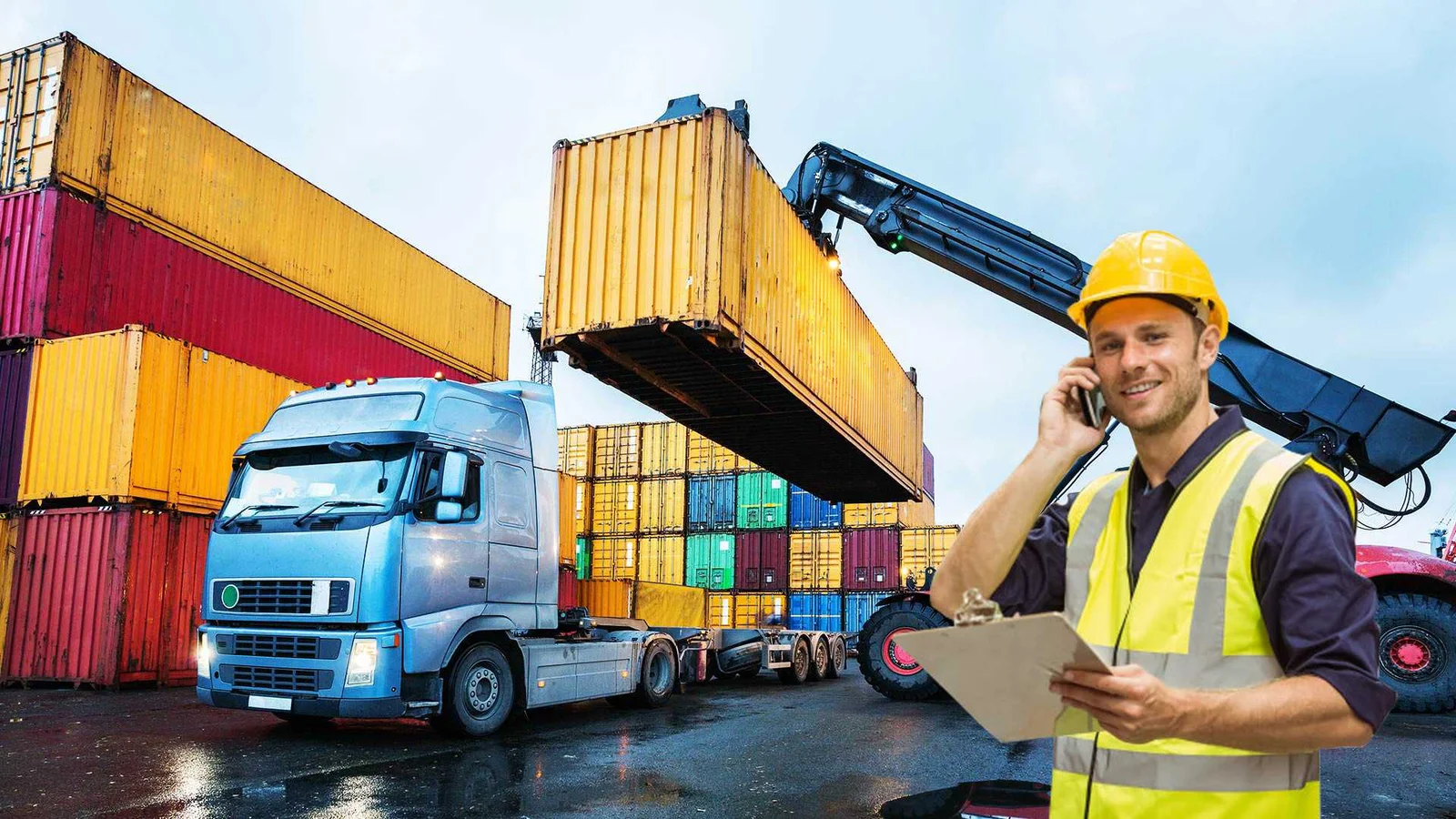Shipping goods from China to Ecuador can be a complex endeavor, but understanding the process of sea freight makes it more manageable. Sea freight shipping is a cost-effective way to transport large quantities of goods, utilizing vast shipping vessels designed for international trade. This method is not only economical but also environmentally friendly, making it a popular choice for businesses. In this step-by-step guide, we will explore the key aspects of sea freight, including preparation, essential documentation, the shipping process, potential challenges, and tips for a smooth experience. By grasping these elements, importers can navigate the logistics of international shipping efficiently and effectively.
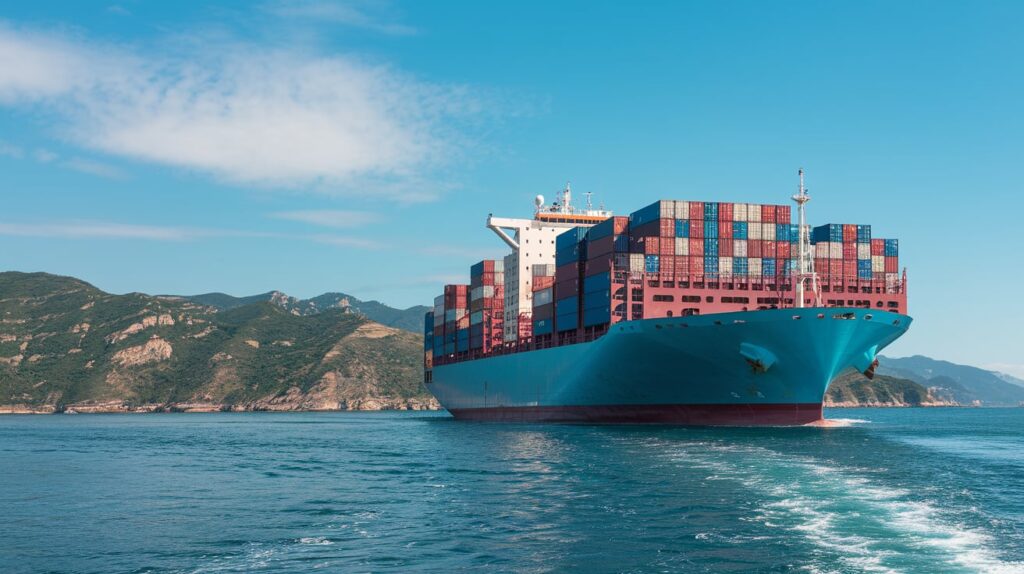
Understanding Sea Freight Shipping From China to Ecuador
Sea freight shipping refers to the transportation of goods by sea, utilizing large vessels designed to carry cargo across oceans and seas. This method is widely recognized for its ability to handle substantial volumes of goods at competitive rates. As one of the oldest forms of international transport, sea freight remains essential for global trade, particularly for shipping from China to Ecuador. Unlike air freight, which is faster but generally more expensive, sea freight is a cost-effective option for large shipments, enabling importers to take advantage of lower shipping rates and economies of scale.
Benefits of Sea Freight from China to Ecuador
The decision to use sea freight for shipping goods from China to Ecuador offers several advantages:
-
Cost-Effectiveness: Sea freight is significantly more economical for transporting large shipments compared to other modes of transportation. This cost-saving aspect is particularly beneficial for businesses looking to optimize their logistics expenses.
-
High Capacity: Shipping containers can carry a substantial amount of cargo, making it ideal for businesses that need to import large quantities of goods. This capacity allows for diverse cargo types, from machinery to textiles.
-
Environmental Impact: Shipping by sea is more environmentally friendly than air transportation, as vessels typically emit lower amounts of CO2 per ton of cargo transported.
-
Variety of Shipping Options: Importers can choose from various types of containers and services, making it easier to find a shipping solution that meets their specific needs.
-
Reliability: Major shipping routes are well-established, and service providers often offer reliable schedules and tracking options, ensuring that shipments arrive on time.
Types of Sea Freight Services
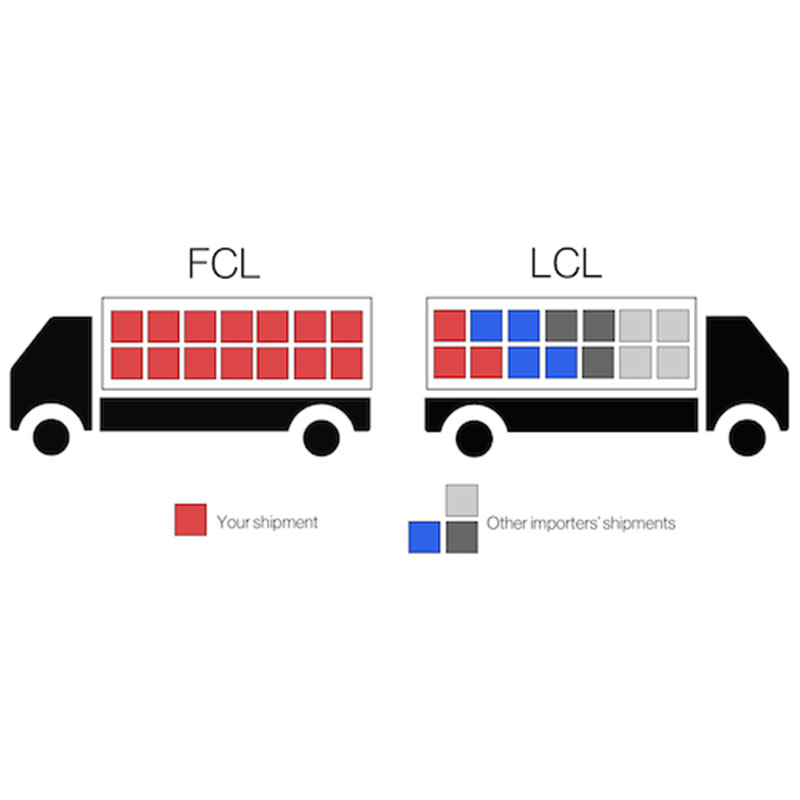
When considering sea freight from China to Ecuador, it’s important to be aware of the different types of services available:
-
Full Container Load (FCL): This service is suitable for shippers whose cargo occupies an entire container. It is often more cost-effective for larger shipments, providing direct transport without sharing space with other cargo.
-
Less Than Container Load (LCL): Ideal for smaller shipments, LCL allows multiple shippers to share container space. This service can result in lower costs for businesses that do not require a full container.
-
Reefer Shipping: This type of service is tailored for temperature-sensitive goods, such as perishable foods or pharmaceuticals. Reefer containers maintain a regulated temperature to ensure product integrity.
-
Breakbulk Shipping: In cases where goods cannot fit into standard containers, breakbulk shipping involves transporting items as individual pieces. This is common for oversized machinery or construction materials.
-
RoRo Shipping: Roll-on/roll-off (RoRo) services are specifically for vehicles and heavy machinery that can be driven on and off the vessel. This method simplifies loading and unloading processes.
Preparing for Your Sea Freight Shipment
Calculating Cargo Volume and Weight
Before shipping, it’s crucial to accurately calculate the cargo volume and weight. This information directly influences shipping costs and logistics planning. To determine the volume, measure the dimensions (length, width, height) of the cargo and apply the following formula:
- Volume (cubic meters) = Length x Width x Height.
For weight, ensure to account for both the actual weight (the weight of the goods) and the volumetric weight (which can affect costs if the cargo is lightweight but occupies significant space). The volumetric weight can be calculated using the formula:
- Volumetric Weight (kilograms) = Volume (cubic meters) x 1000.
Choosing Between FCL and LCL
Deciding between Full Container Load (FCL) and Less Than Container Load (LCL) is a critical step in the shipping process:
-
FCL is optimal for larger shipments, providing exclusive use of a container, which often results in faster transit times and greater security for the cargo.
-
LCL is suitable for smaller shipments where cost savings are essential. It’s important to note that LCL shipments can take longer due to consolidation and deconsolidation processes at the port.
Selecting the Right Container Size
Choosing the appropriate container size is essential to maximize efficiency and minimize costs. Common container sizes include:
| Container Size | Dimensions (ft) | Volume (cu. ft) | Typical Use |
|---|---|---|---|
| 20 ft | 20 x 8 x 8.5 | 1,172 | Small to medium shipments |
| 40 ft | 40 x 8 x 8.5 | 2,390 | Larger shipments or bulk goods |
| 40 ft High Cube | 40 x 8 x 9.5 | 2,694 | Extra height for bulky cargo |
| 45 ft High Cube | 45 x 8 x 9.5 | 3,040 | Maximum capacity for oversized goods |
Selecting the right container not only ensures that cargo is secured and protected during transit but also helps in optimizing shipping costs. It is advisable to consult with your freight forwarder, such as Dantful International Logistics, to determine the best container option based on your specific needs.
By working with a reputable partner like Dantful, businesses can leverage our expertise in international logistics to ensure a smooth shipping experience. With their comprehensive services, including customs clearance, warehouse services, and insurance services, Dantful is a reliable choice for navigating the complexities of sea freight from China to Ecuador.
READ MORE:
- Shipping From China to the United States
- Shipping From China TO Canada
- Shipping From China TO Mexico
- Shipping From China to Panama
- Shipping From China to Costa Rica
- Shipping From China to Brazil
- Shipping From China TO Colombia
- Shipping From China to Jamaica
- Shipping From China to Venezuela
Essential Documents for Sea Freight From China to Ecuador
When engaging in sea freight shipping from China to Ecuador, specific documentation is crucial to ensure smooth customs processing and compliance with international regulations. Here’s a detailed overview of the essential documents required:
Commercial Invoice
The commercial invoice is a vital document that outlines the sale terms between the buyer and the seller. It typically includes key details such as:
- Seller and buyer information
- Description of the goods
- Quantity and unit price
- Total value of the shipment
- Payment terms
This document serves as a fundamental proof of transaction and is essential for customs clearance.
Packing List
The packing list provides a detailed overview of the shipment’s contents. It typically includes:
- Description of each item
- Dimensions and weight
- Packing method (e.g., boxes, pallets)
- Total number of packages
Customs officials utilize the packing list to verify that the items listed on the commercial invoice match the goods being imported.
Bill of Lading
The bill of lading (B/L) is a legal document issued by the shipping company acknowledging receipt of the cargo. It serves multiple purposes, including:
- Acts as a receipt for the goods
- Serves as a document of title, which can be transferred to others
- Contains shipping instructions
The B/L is crucial for both the exporter and importer as it outlines the terms under which the goods are being transported.
Certificate of Origin
The certificate of origin verifies the country in which the goods were manufactured or produced. This document is important for customs purposes, as certain tariffs or trade agreements may apply based on the origin of the goods. Importers often need to present this certificate to benefit from reduced tariffs under trade agreements between China and Ecuador.
Customs Declaration Forms
Customs declaration forms are required for both exporting and importing goods. These forms provide detailed information about the shipment, including:
- Description of the goods
- Value and categorization of products
- Harmonized System (HS) codes
Completing these forms accurately is vital for avoiding delays and ensuring compliance with customs regulations in both countries.
The Sea Freight Shipping Process Step-by-Step
Understanding the sea freight shipping process from China to Ecuador involves several key steps that ensure the efficient movement of goods. Here’s a breakdown of the process:
1. Obtaining a Freight Quote and Booking
- Providing Shipment Details to the Freight Forwarder: Importers need to provide detailed information about their shipment, including the type of goods, weight, dimensions, and destination.
- Agreeing on Shipping Terms and Rates: The freight forwarder will offer a quote based on the provided details, including the cost of shipping, insurance, and any other applicable fees.
- Confirming the Booking: Once the terms are agreed upon, the shipment is booked, and a confirmation is provided.
2. Cargo Pick-Up and Delivery to the Port
- Arranging for Cargo Pick-Up from the Supplier: The freight forwarder coordinates with the supplier to pick up the cargo.
- Transporting the Goods to the Port of Departure in China: Depending on the distance, this may involve road or rail transport to the designated port.
3. Export Customs Clearance in China
- Submitting Required Documents: The necessary documents (commercial invoice, packing list, etc.) are submitted to customs for review.
- Paying Export Duties and Taxes: Any applicable taxes or duties must be settled before clearance.
4. Loading and Ocean Transportation
- Loading the Cargo onto the Vessel: The cargo is carefully loaded onto the designated shipping vessel.
- Transit Time from China to Ecuador: The typical transit time can vary from 20 to 40 days depending on the shipping route and any potential delays.
5. Import Customs Clearance in Ecuador
- Submitting Import Documents: Upon arrival, the importer must present the required documents to Ecuadorian customs.
- Paying Import Duties and Taxes: Import duties are calculated based on the value of the goods and must be paid before the shipment is released.
6. Cargo Unloading and Delivery to the Final Destination
- Unloading the Cargo at the Port of Arrival in Ecuador: Once customs clearance is complete, cargo is unloaded from the vessel.
- Arranging for Final Delivery to Your Warehouse or Facility: The final step involves coordinating transportation to the designated delivery location.
Challenges of Sea Freight
While sea freight offers numerous benefits, it presents several challenges that importers must navigate effectively.
Longer Transit Times: Planning for Delays
One of the primary challenges is the longer transit times associated with sea freight compared to air freight. Factors such as weather conditions, port congestion, and customs processing can lead to unexpected delays. Importers should plan their inventory and delivery schedules accordingly to mitigate the impact of these delays.
Weather-Related Risks: Ensuring Cargo Safety
Maritime transport is susceptible to adverse weather conditions, including storms and rough seas. Importers can mitigate risks by securing adequate insurance coverage for their shipments. Dantful’s insurance services can provide tailored solutions to protect your cargo against potential losses during transit.
Tips for a Smooth Sea Freight Experience
Ensuring a seamless sea freight experience requires careful planning and execution. Here are some valuable tips:
Choosing a Reliable Freight Forwarder
Select a reputable freight forwarder, such as Dantful International Logistics, known for their expertise in handling shipments from China to Ecuador. A trustworthy forwarder will facilitate customs clearance, provide proactive communication, and offer valuable insights throughout the shipping process.
Packing and Labeling Your Cargo Properly
Proper packing and labeling of your cargo are critical to avoid damage and ensure compliance with regulations. Use durable packaging materials and clearly label each package with pertinent information such as destination, handling instructions, and contact details.
Tracking Your Shipment During Transit
Utilize tracking tools provided by your freight forwarder to monitor the status of your shipment in real-time. Staying informed allows you to anticipate any potential issues and act accordingly.
Preparing for Potential Delays or Unexpected Events
Anticipate possible delays and develop contingency plans. This could involve maintaining safety stock or establishing flexible delivery schedules. Being prepared for unexpected events ensures that your business operations remain uninterrupted despite logistics challenges.
Engaging the services of a professional freight forwarder like Dantful can streamline the shipping process from China to Ecuador, offering a highly professional, cost-effective, and high-quality logistics solution tailored for global traders.
Here are some frequently asked questions (FAQs) that potential customers may have regarding sea freight shipping from China to Ecuador based on the content generated:
FAQs
- What is sea freight shipping?
- Sea freight shipping is the transportation of goods via cargo vessels across oceans and seas. It is known for being cost-effective for large shipments, allowing importers to save on logistics expenses.
- What are the benefits of using sea freight from China to Ecuador?
- The key benefits include cost-effectiveness, high capacity for large shipments, lower environmental impact compared to air freight, a variety of shipping options, and reliability due to well-established shipping routes.
- What types of sea freight services are available?
- The main services include Full Container Load (FCL), Less Than Container Load (LCL), Reefer shipping for temperature-sensitive goods, Breakbulk shipping for oversized items, and Roll-on/Roll-off (RoRo) shipping for vehicles.
- How do I calculate cargo volume and weight?
- Cargo volume can be calculated using the formula: Volume (cubic meters) = Length x Width x Height. For weight, both actual weight and volumetric weight (calculated as Volume (cubic meters) x 1000) should be considered.
- How do I choose between FCL and LCL?
- FCL is ideal for larger shipments that require a full container, while LCL is suitable for smaller shipments, allowing multiple shippers to share container space to save costs.
- What are the essential documents required for sea freight shipping?
- Key documents include a Commercial Invoice, Packing List, Bill of Lading, Certificate of Origin, and Customs Declaration Forms for both exporting and importing goods.
- What is the typical shipping process from China to Ecuador?
- The process involves obtaining a freight quote, cargo pick-up, export customs clearance in China, loading and ocean transportation, import customs clearance in Ecuador, and final delivery.
- What challenges should I be aware of when using sea freight?
- Common challenges include longer transit times, weather-related risks, and potential delays due to customs processing. It’s essential to plan accordingly and consider insurance coverage for your cargo.

Young Chiu is a seasoned logistics expert with over 15 years of experience in international freight forwarding and supply chain management. As CEO of Dantful International Logistics, Young is dedicated to providing valuable insights and practical advice to businesses navigating the complexities of global shipping.

